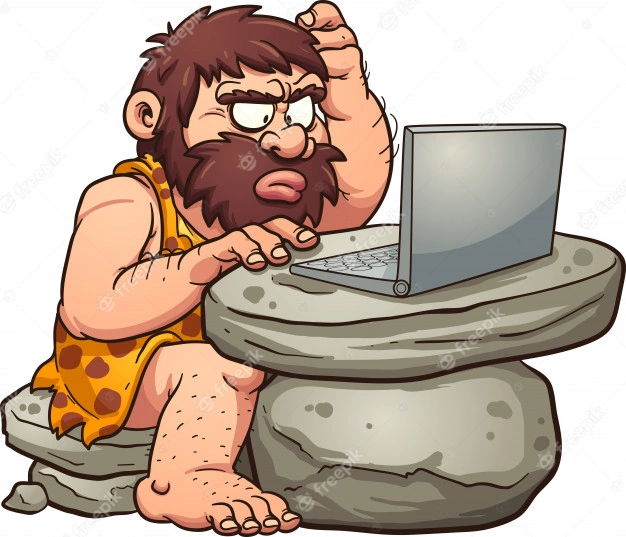Invest For Success–Why it is MORE Important To Spend When Sales Are Down
Our economy, and many businesses, are slow. There are times of great uncertainty in the US. I hear it every day “we can’t spend that right now. We are slow, we have to cut back marketing budget.” That is the knee jerk reaction to low sales. Marketing just spends money, right?
Well, history tells us that is the wrong answer, and while we need to be SMARTER with our budgets and our marketing strategies, cutting back or even discontinuing spend is not the right answer. A Nielson data study suggests that marketing contributes 10-35% of a brand’s equity and cutting back on media spend entirely can take 3-5 years to recover equity losses.
Another quick reaction is to offer promotions to try and incentivize sales. Depending on your product or service, this may seem like a quick win at the cash register. But offering too many promotions just trains your customer that your product will always be on sale–and that the value really isn’t the regular price. Luxury goods rarely offer discounts because the perceived value is there for full price purchases. Alternative ideas are to add value to your regular price with offering a bonus or sample of another product, or a gift with purchase type situation to entice purchase (while hopefully getting them to try another product you offer). Perhaps team up with a complimentary brand to offer a trade and help each other out.
During the Depression, brands like Kellogg’s, Procter & Gamble, Levi’s and Pepsi increased their marketing and created new strategic avenues that resonated differently with a changing target customer. Their success in the last 80 plus years was built upon marketing spend during the lowest economic times in the last century.
During tough times, integrated marketing (which we preach here at V Strategy) is even more important, as it maximizes budget spend and brand recognition. It’s time to be even MORE strategic and get more for your marketing spend, not to cut back. Economic slumps rarely last more than a year, and when the sun shines again, you need to be top of mind. Those that sit this time out will be forgotten quickly.





